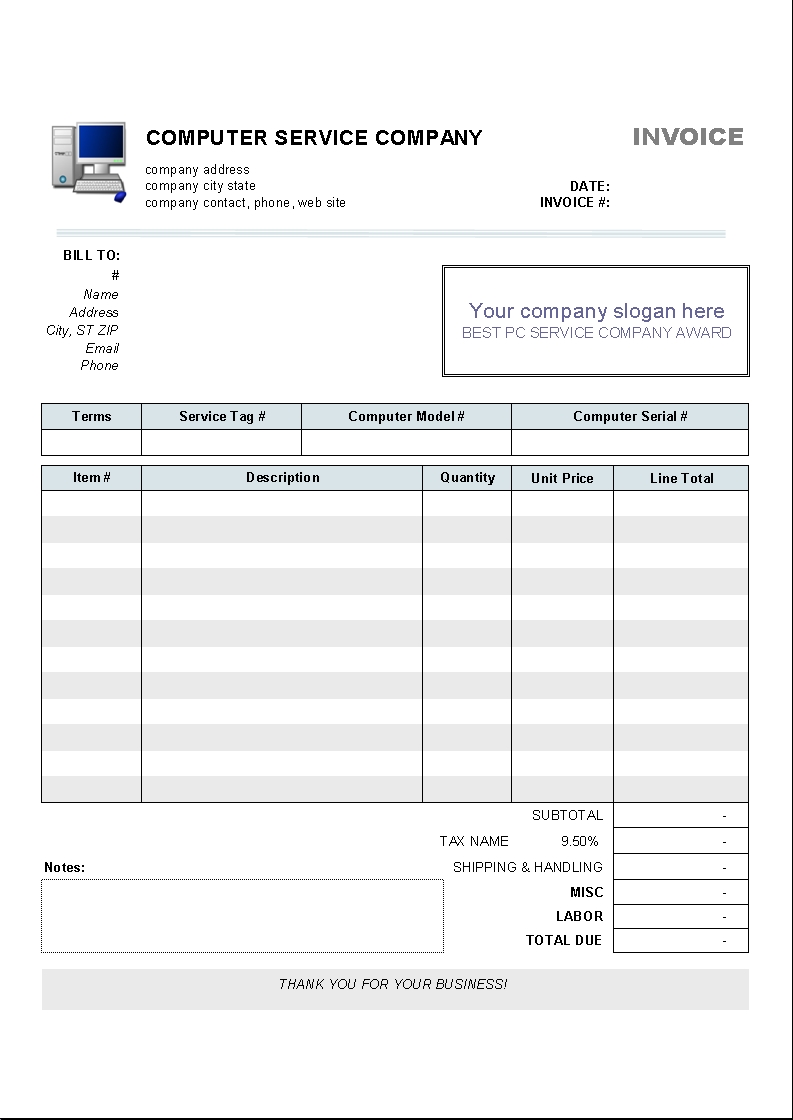

The billing materials they make, to be able to make an invoice that meets EN's requirements. What information they need in their billing system and
#Invoices meaning software#
The invoice sender must, together with their software vendor, consider two things:

To send e-invoices to Public Sector EN, requirements must be met. How will this impact suppliers in the EU? New e-invoicing mandates exist in Kyrgyzstan and Uzbekistan.Ĭhina is prepared to roll-out business to consumer (B2C) and B2B e-invoicing.
#Invoices meaning registration#
In 2020, Bolivia, Columbia, and Guatemala are extending e-invoicing mandates to the remaining groups of users.Ĭountries such as Dominican Republic, El Salvador, Honduras, Panama, Paraguay, and Peru are taking steps to prepare for inevitable e-invoicing mandates.įrom April 2020, electronic invoice registration will be mandatory in India.įrom November 2020, electronic invoicing will be mandatory in Vietnam. There are active mandates for e-invoicing in a majority of Latin American countries. The public sector is actively encouraging electronic tax reporting with Brazil, Mexico, and Chile acting as market leaders. The Federal Reserve is encouraging continued efforts to promote electronic invoicing and payments adoption.Īiming to build an e-invoicing interoperability framework for vendors. There are planned B2B e-invoicing mandates in Serbia starting in 2022 and France after 2023. By the end of 2020, all businesses will be required to process invoices electronically. There are upcoming business to government (B2G) e-invoicing mandates in Croatia, Estonia, and France.įrom April 2020, e-invoicing will be required for business in Portugal with companies more than 250 employees. Europeįrom April 2020, EU Public Administrations on all federal levels must become e-invoicing and e-procurement ready.
#Invoices meaning manual#
E-invoicing drastically reduces the cost of processing an invoice, decreases the likelihood of invoice disputes, eliminates manual entry errors, increase global tax compliance overall, and reduces the reliance on paper processing and therefore, creates a greener more sustainable workplace.Īccording to a recent Billentis report, here are a few ways other countries are enabling better business by instating e-invoicing laws and regulations. Why? Because the benefits speak for themselves. Other global e-invoicing mandatesĪcross the globe, countries are turning more and more towards e-invoicing. The law also maintains that all public procurement entities and private traders must ensure their ability to send e-invoices that comply with the European Standard if asked. The main objective of the new Finnish e-invoicing requirement is to enhance public procurement in general and help further develop the active usage of e-invoices. The law does not prohibit anyone from receiving invoices of different formats, but it does give the buyer the right to reject electronic invoices that do not contain the data fields specified in the Directive 2014/55/EU.īoth Finvoice and Teapps, Finland’s national e-invoicing formats, are updated to version 3.0 to ensure compliance with the European standard and the Finnish tax administration’s VAT tax invoicing requirements. It marks the day which all public organisations as well as private companies can require e-invoices from their suppliers in Finland. According to State Treasury website, 92% of invoices exchanged today with the central government are already electronic.īut on April 1, 2020, e-invoicing takes another step forward. This means that if the invoice receiver in Finland so decides, they can refuse and reject e-invoices that are not following the European norm.įinland has historically been progressive when it comes to electronic invoicing (e-invoicing)-particularly in the business to business (B2B) realm. Beginning April 1, 2020, the law allows public administrations and private companies to require e-invoices from their suppliers in Finland.


 0 kommentar(er)
0 kommentar(er)
